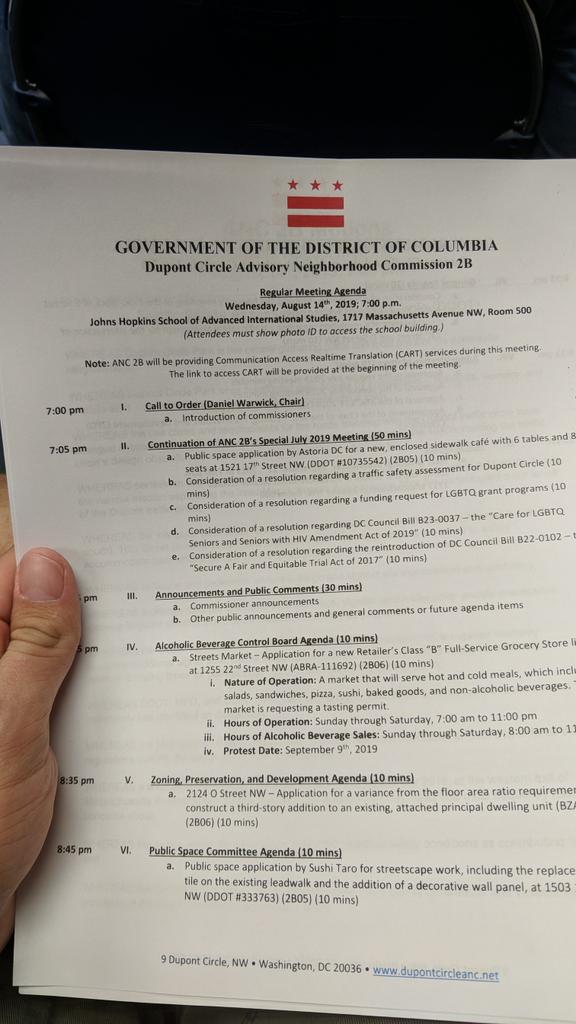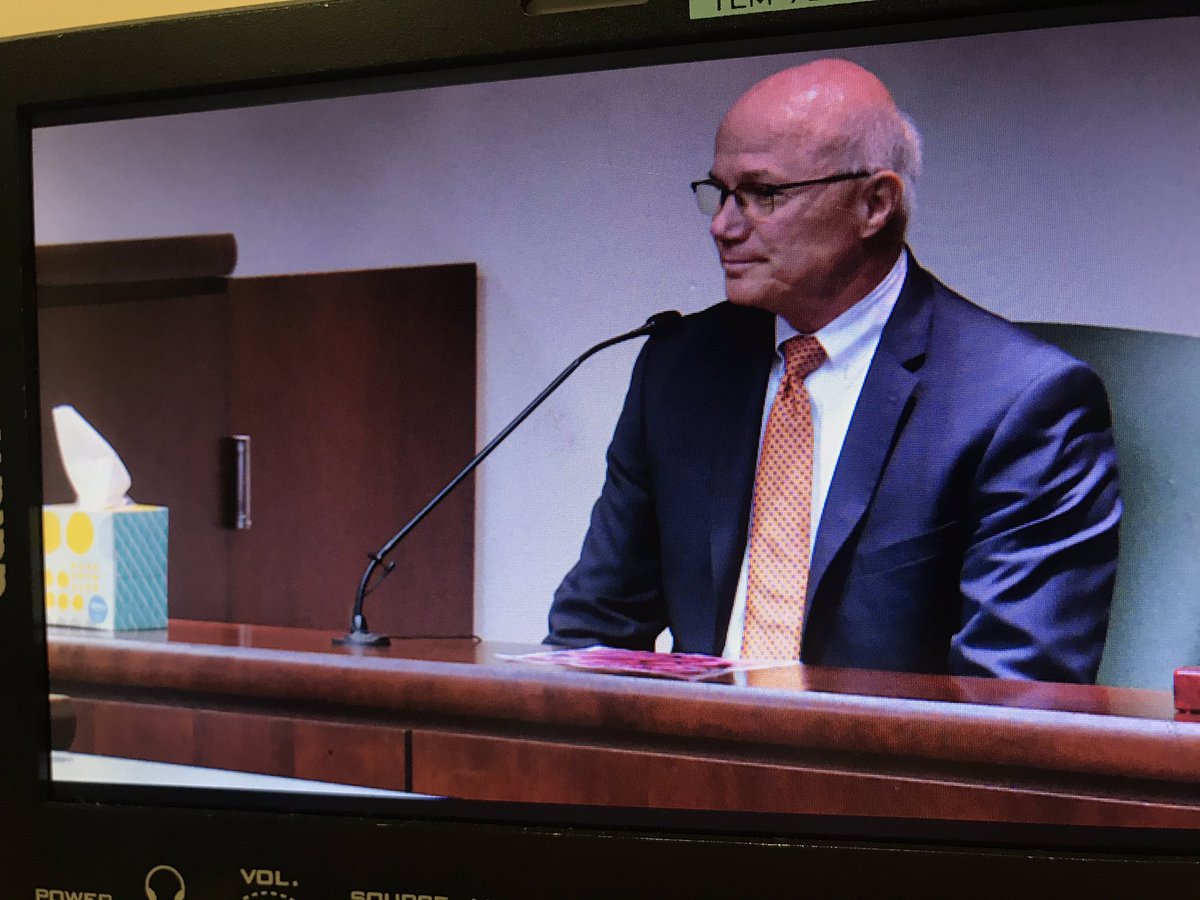In the United States, local and state governments are required to comply with the Manual on Uniform Traffic Control Devices (MUTCD or "The Manual").
This is why a red light means stop in all 50 states and yellow diamonds mean warning signs in all 50 states.
Bike signals are not included in The Manual. The last update to the MUTCD were the 2012 revisions to the 2009 Edition.
However, things can change, so FHWA has an interim approval process to allow things to be added prior to new editions coming out.
Bike-face signals are governed by an interim approval (IA-16) issued on Christmas Eve 2013.
mutcd.fhwa.dot.gov/resources/inte…
The IA is very restrictive. Use of bike signal faces can only be used in limited circumstances, which I will describe (with fun graphics!) in this thread.
Most importantly: The IA says that bike-face signals cannot show a green bike indication is there is *any* conflicting traffic.
Think of it like this: The walk sign is on, but because drivers can turn right on circular green, a bike signal would have to be red.
First, lets talk about how bike signals *can* be used.
General note: These are extremely simplified graphics, and do not represent real timing, just potential phase order. They do not represent the entire spectrum of possibilities.
Bike signal allowed:
No turn across the bikeway.
Either it's banned or the street is one-way.
Bikes get as much green time as drivers, but it can be difficult to ban turns, and certainly can't be done along an entire corridor. As a result, this is a limited treatment.
Bike signal allowed:
Exclusive bike phase.
In this setup, bikes only go when both streets are red. It takes away time from drivers, but also it limits bike green time. Bikes are red when the drivers going the same way have a green. Good for diagonal crossings.
Bike signal allowed:
Bike-only phase with ped overlap.
Generally the thing that sets signal timing is the pedestrian clearance (the flashing hand). One way to balance signal timing is to run a brief bike green and then give cars a green that overlaps with the walk/clearance
The insane thing about the above setup is that bicyclists face a red bike signal but the pedestrians have a walk.
But the guidance won't allow permissive rights across a green bike signal.
I've had to design one of the above because there's no alternative right now.
Allowed: Protected turn phase.
The most common way to deal with the conflict is to create a exclusive turn phase.
Bikes don't get as much green time as thru cars, and right (or left) turns also get limited time). It also requires a right (or left) turn lane.
For the above graphic, I've found the biggest challenge isn't the signal time, it's not having enough room for a right turn queue lane.
Not-covered (allowed):
Circular bike indications.
IA-16 only covers bike faces. It doesn't cover circular indications with a bike signal placard.
That means you can have conflicting traffic. The circulr bike sig can allow a head-start. But could be confused with car sig
That covers what is *allowed* under current FHWA rules.
There's also an experimentation process, where jurisdictions can try something different, study behavior and monitor.
There are two experiments involving bike signals that are worth discussing.
Experimental. I call it "preference".
NYC is experimenting with this arrangement with a *left side* bike lane. I'm showing it on the right for consistency.
After leading bike/ped interval, turns are governed by a flashing yellow arrow. Bikes have a bike green throughout.
Experimental. I call it "negotiation".
St. Paul has this arrangement on a two-way cycletrack on Jackson Street.
There's a green bike leading interval. Then the bike signal goes to flashing yellow with a flashing yellow arrow for turns.
I really like this one because the steady green bike signal means you have an exclusive phase (no conflicts), whereas the flashing yellow bike signal tells you to watch out for turning vehicles. Signage indicates that bikes have the right-of-way.
A variant of St. Paul's experiment could include an exclusive right turn phase if needed due to volume. (Note the graphic shows a lagging right green that would correspond to the cross-street having a left turn (not shown). It could also just run by taking time from bikes.
NOT ALLOWED:
Permissive turns across bike signal.
The IA specifically does not allow permissive turns across a green bike face. However, some cities -cough cough- Atlanta -cough- use this arrangement.
Not covered:
Bikes use ped signal.
To get around the strict rules of the IA, some jurisdictions throw in the towel and tell bikes to use the ped signal.
Ped signals aren't as visible to bikes, but they do work and can be used for leading and special phasing.
Conceptual:
Flashing red arrow.
This graphic is a potential experiment for states like Maryland which don't allow the flashing yellow arrow. It also gives clearer priority to bikes than St. Paul's.
Because of the required stop, a right turn lane is probably needed.
My concern with flashing red arrows in general is that drivers tend not to treat them as stop. They treat them the same as a flashing yellow arrow.
If there's not room for a right turn lane, this treatment may not be feasible.
Balances need when excl. is too short.
These graphics are meant as explainers. I hope they help you understand some of dilemmas faced by designers and the rules that we have to deal with.
END THREAD
Tagging y'all since you were in my earlier thread. And tagging @schlthss, @Rockmiller, & @dongho_chang because they're also involved in all this stuff.











